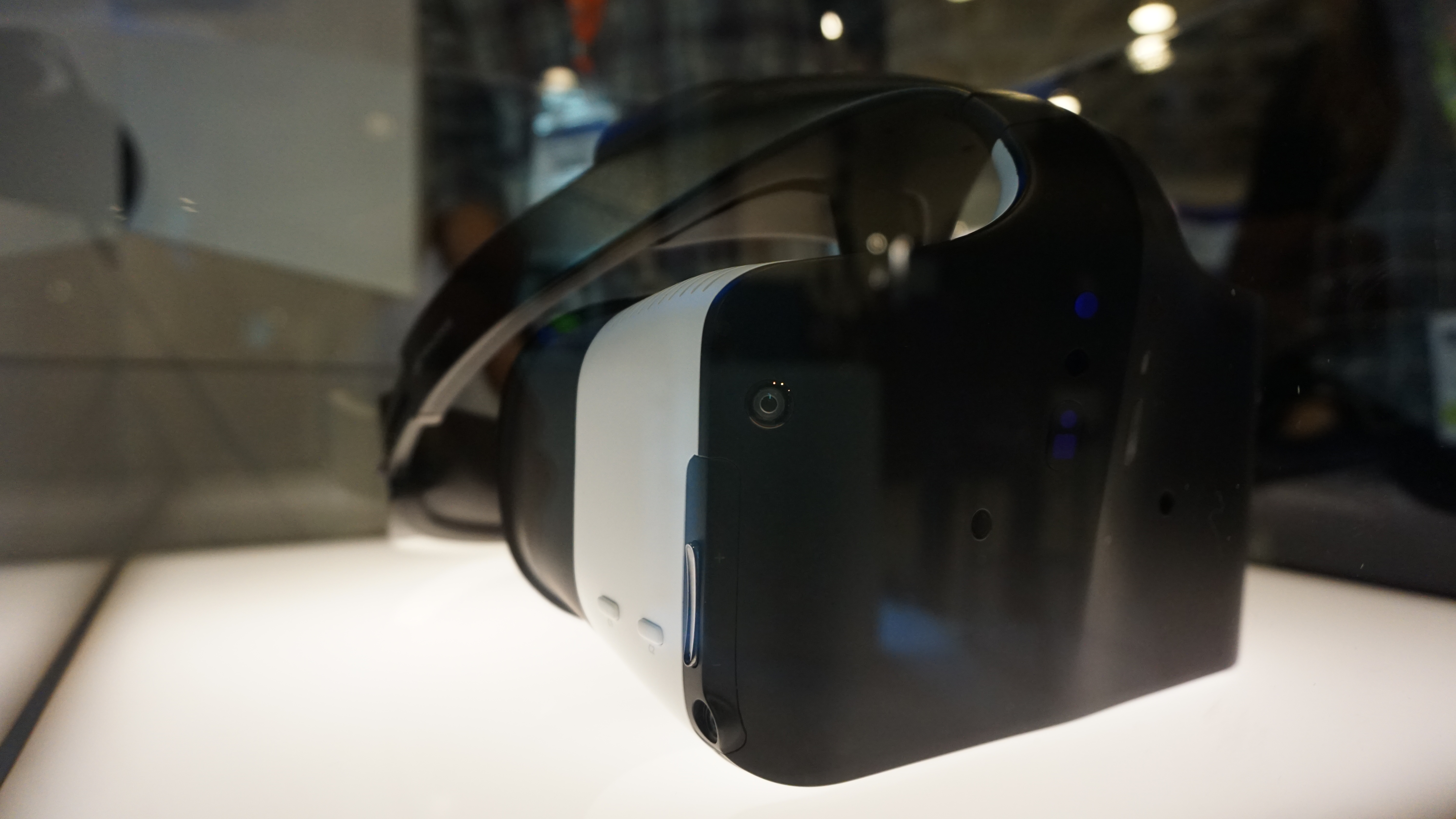What’s next for VR? Affordability and trade-offs, says Intel
For Intel, mid-range PCs are VR’s next target

When it comes to VR, you might say that Intel maintains a behind-the-scenes approach compared to Nvidia and AMD’s chest beating.
However, high-end processing power is just as important as graphics for the demanding requirements of the Oculus Rift and HTC Vive on PC. For that reason, Intel is far from an underdog in the VR space, although the company is still well aware of the dangers of VR’s starkly divided audience.
On the high-end, a VR headset will set you back upwards of $600 (about £489, AU$792). That’s without factoring in the $1,000+ PC required to use it. Meanwhile, low-end VR is littered with mobile smartphone solutions, offering bite-sized games and apps to those curious about the technology, but not nearly curious enough to drop a more substantial chunk of cash.
- All hail the best computer you can buy in 2017

Save for perhaps Sony’s PlayStation VR, there is hardly anything occupying the middle ground.
At the 2017 Game Developers Conference (GDC) this week, we spoke with Kim Pallister, director of the Intel VR Center of Excellence, about the virtual reality improvements the industry needs to see next. Amongst our conversations, Pallister stressed that VR is lacking when it comes to support for mid-range devices such as lightweight Intel Kaby Lake-powered notebooks.
“We really think that for [VR] to hit the mainstream – for it to get to a critical mass where developers can make money – there needs to be good/better/best solutions,” he said. “There needs to be a range of price and things that play in the mainstream space.”
As such, Intel has been working with its partners to make VR devices more accessible and cheaper without stripping it of high quality components. A major part of this puzzle was a collaboration with Microsoft, which was revealed back in October of last year to be a lineup of Windows 10-compatible VR HMDs.
Sign up for breaking news, reviews, opinion, top tech deals, and more.

These come from a variety of different manufacturers including Acer, Dell and HP featuring various styles and designs, but with one thing in common: low PC spec requirements.
“As much as everyone loves the high-end enthusiast stuff, that alone is not enough to sustain a sizable market with a wide variety of content,” Pallister asserted. “We’ve been focused on the hard problem of getting a mainstream-type solution to market and Microsoft is one of the primary partners we’ve been working with there.”
To migrate VR over to more conservative PCs, however, there are sacrifices to clearly be made, sacrifices Intel is well aware of. The bigger challenge is determining where users won’t mind the compromise. From Pallister’s perspective, a lot of the pixels are already being wasted in VR, paving the way for opportunities aplenty to make virtual reality less reliant on high-end discrete GPUs.
“There are a lot of problems in the VR space where people just said, ‘Just throw more GPU at it, you’ve got a high-end gamer GPU in there, you’ve got a $400 GPU, just solve this problem with more GPU,’” Pallister told us.

He says that developers have a tendency to render everything at the highest detail, even in situations where it isn’t needed. Because VR is 360 degrees of visual stimulation, there’s a lot being depicted in-game while the player only sees a narrow cone.
As Pallister puts it, you have “all of these other pixels that are way too much detail for what you can’t see out there, you just throw all that away.”
For mobile VR, high-end PC VR and everything in between, the trick is to “not waste time putting detail where you don’t need it.”
“I think that’s something you’ll see the whole industry focus on over the next couple years,” which will be a piece of how you get down to more affordable price points, VR that works with thin and light notebooks [and] that doesn’t require a big, beefy desktop.”
Pallister believes there’s an audience for VR at the mid-range, even if it’s not gaining the traction he contends it deserves.

“Part of the benefit of an open platform like PC is the market will find ways to fill that spectrum in,” he said. “There are people who like VR that don’t think the phone is good enough that can’t afford a Vive, so let’s aim for a solution there.”
Luckily, according to Pallister, we’re already on the right path to seeing VR work on a wider range of devices, though it’s a far cry from where we could be. As he reminded us, Oculus took its system requirements down a peg last year. Letting users with as low as an Intel Core i5-4590 yields benefits for everyone with a virtual reality HMD.
“You saw this even with Oculus when they introduced asynchronous space warp and their scalability features last year,” he said. With one software feature, they were able to drop their graphics performance requirements by 40%.”
“Is there a trade-off in quality, sure, but that’s okay, that’s the way PC gaming works is that people can come in at different points and then decide if they want to dial things up or down.”
- Intel vs AMD: which chipmaker takes home the gold?
